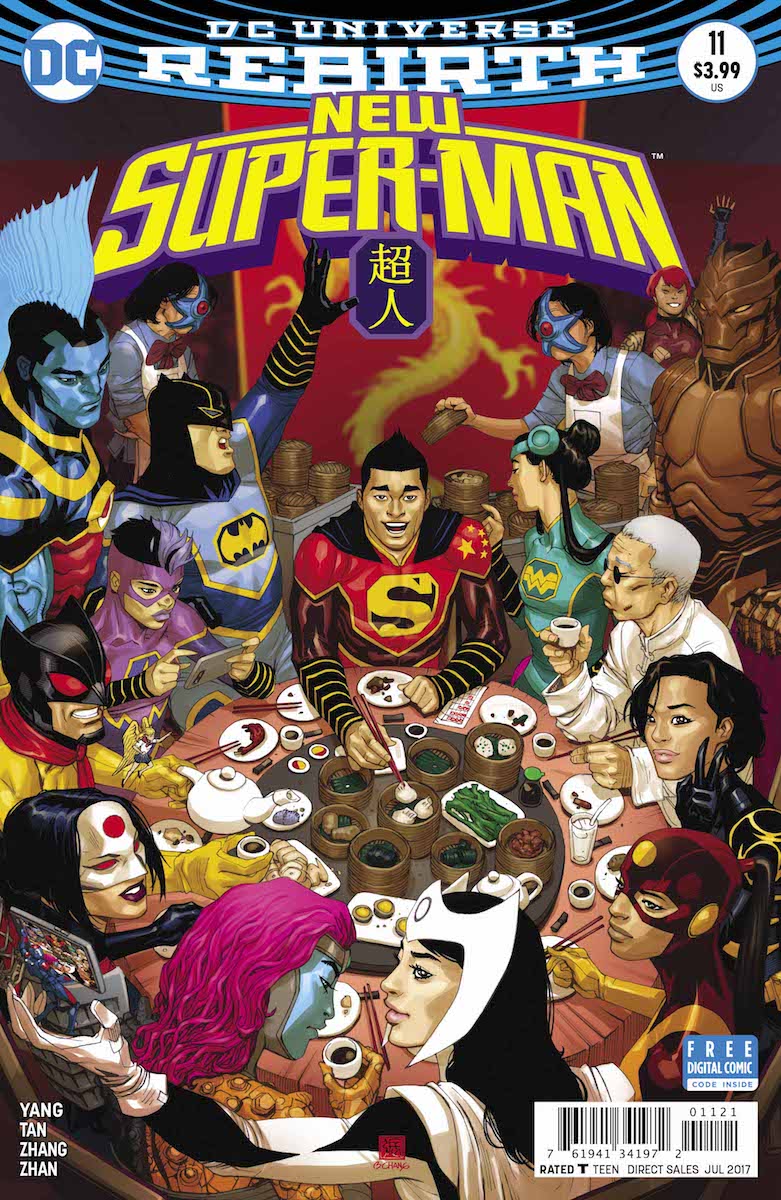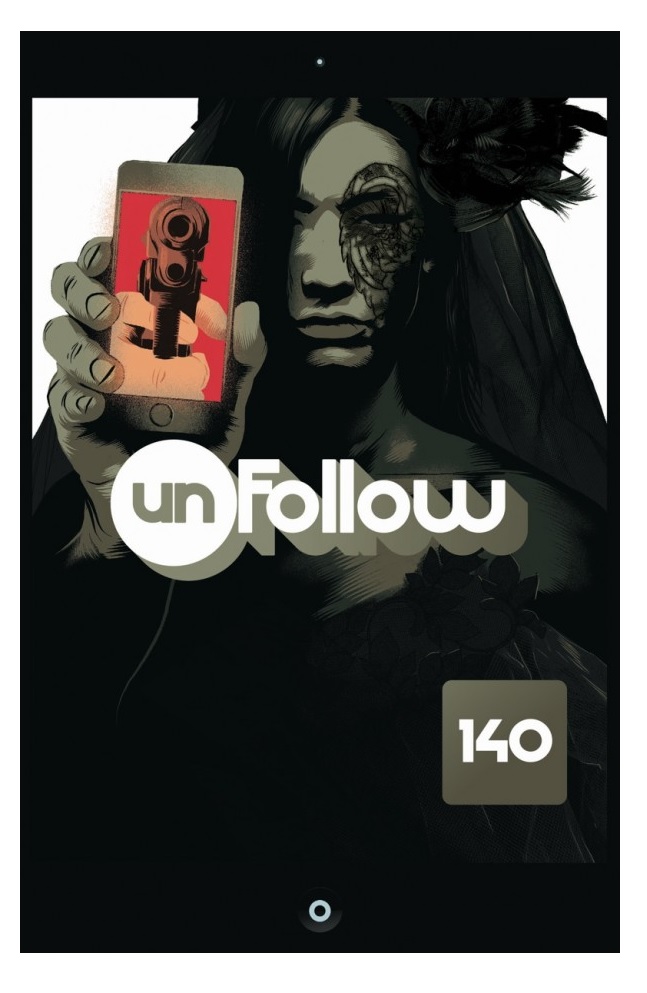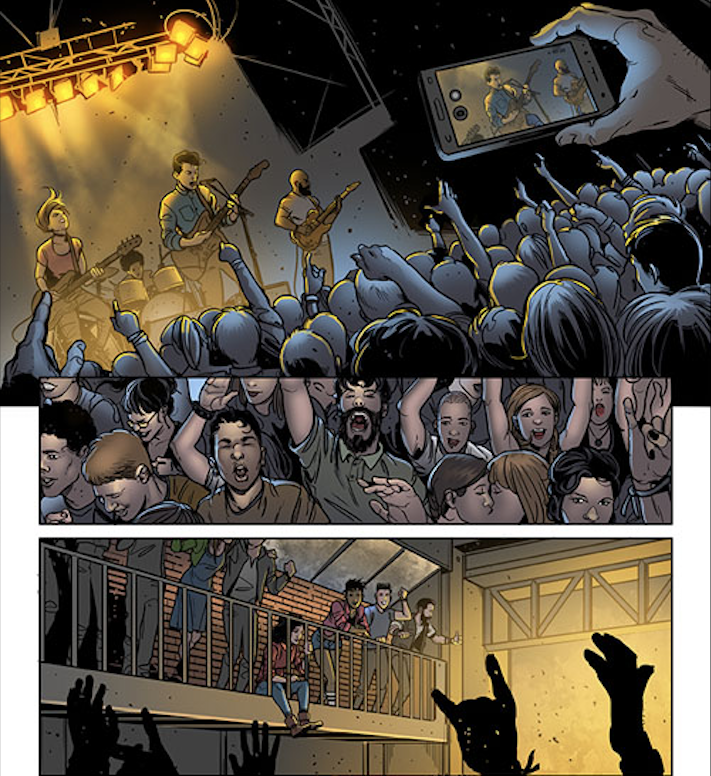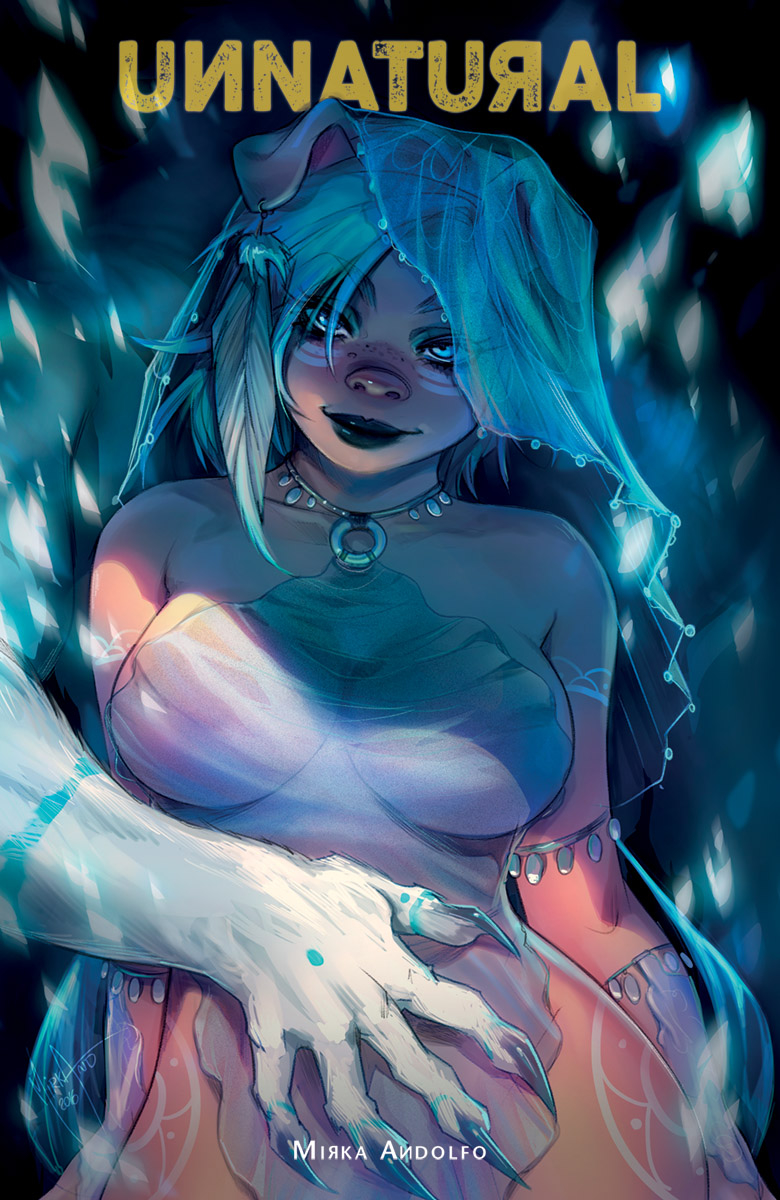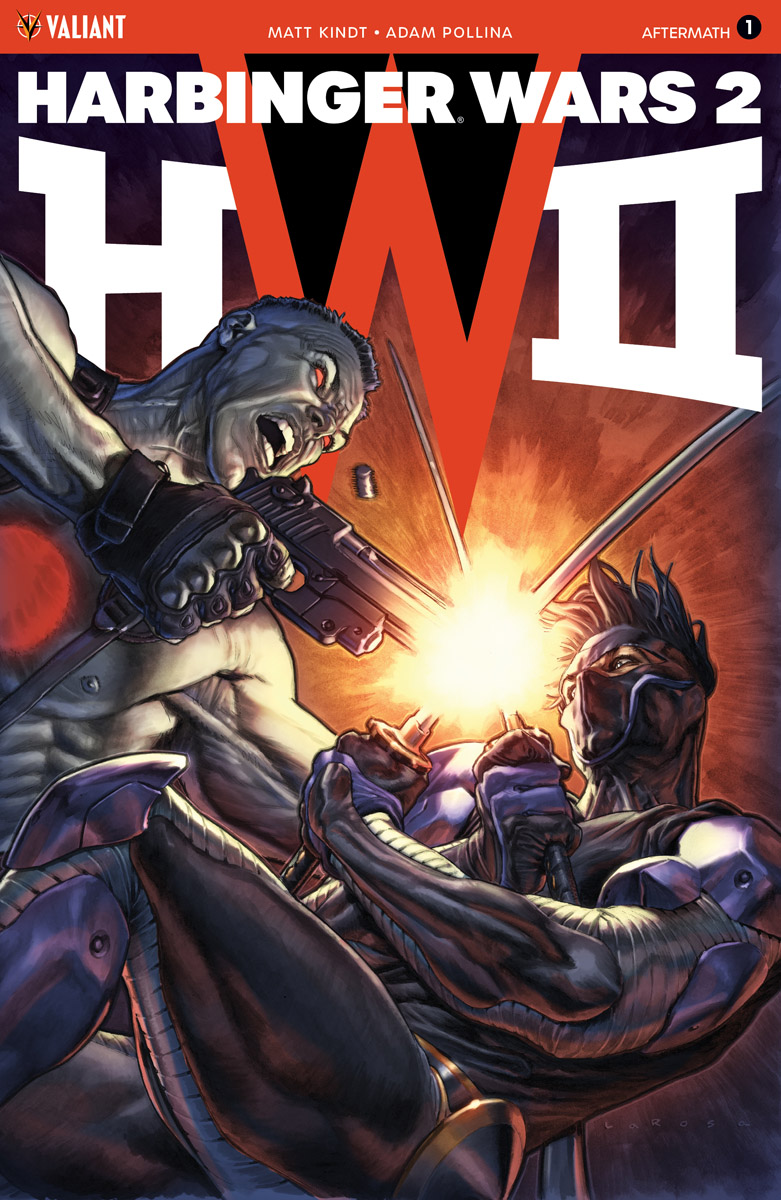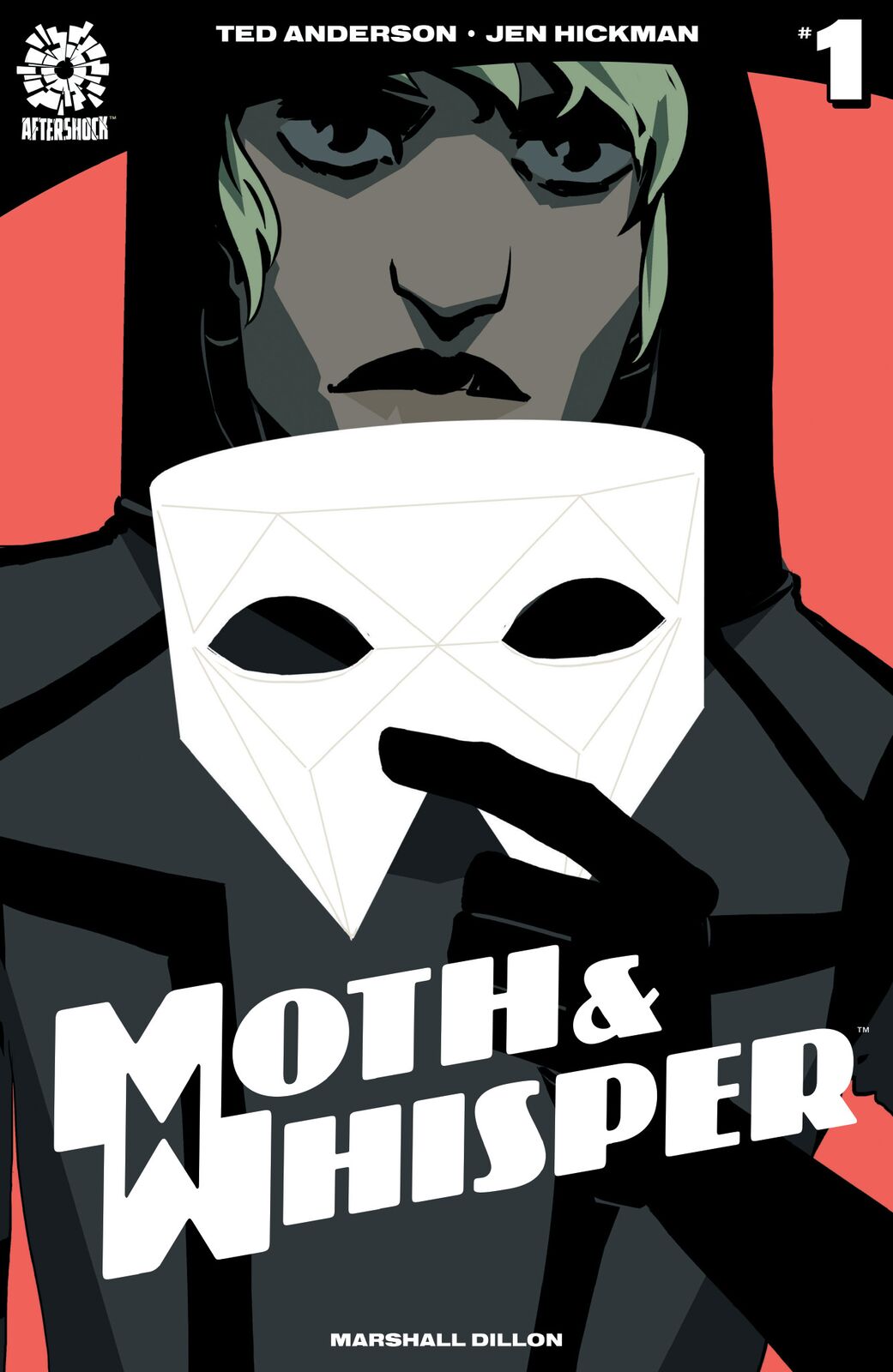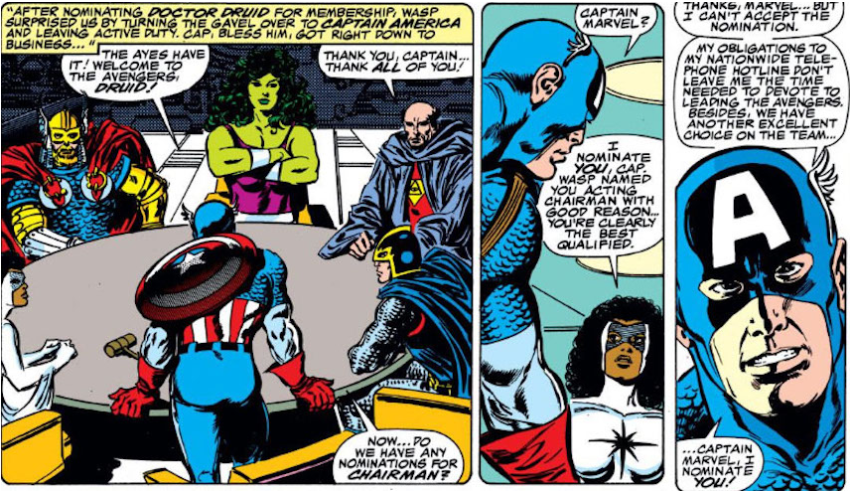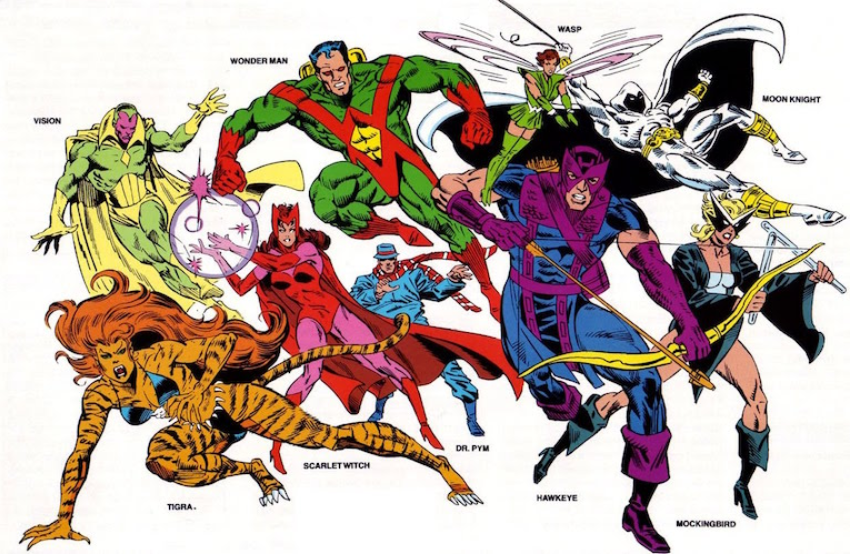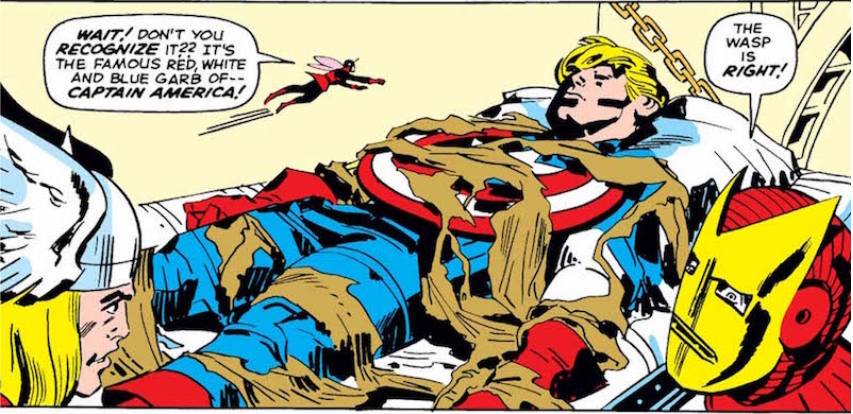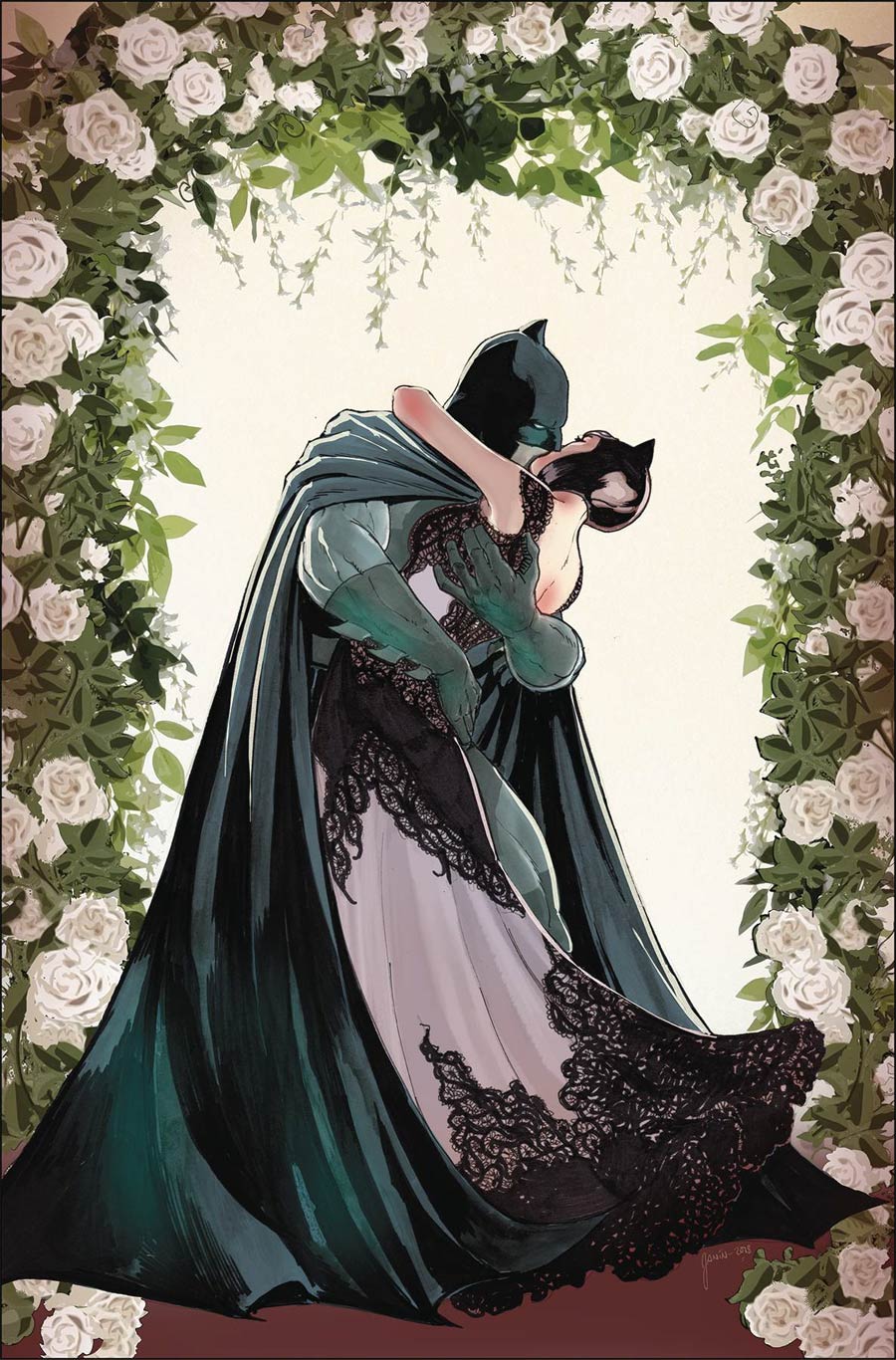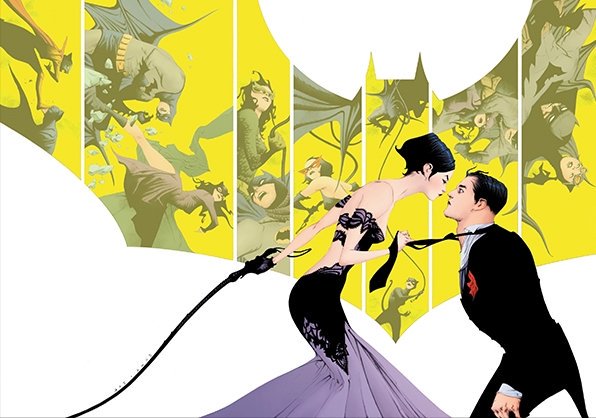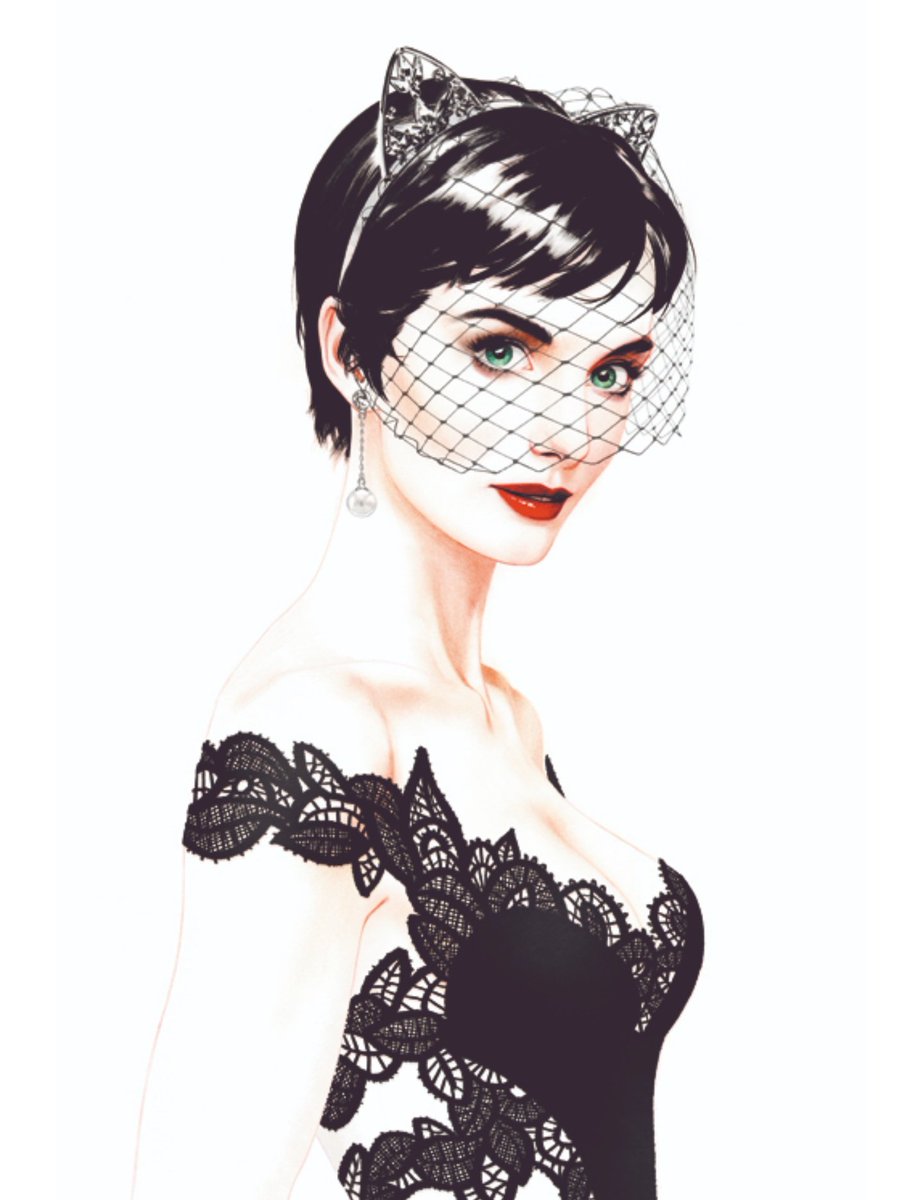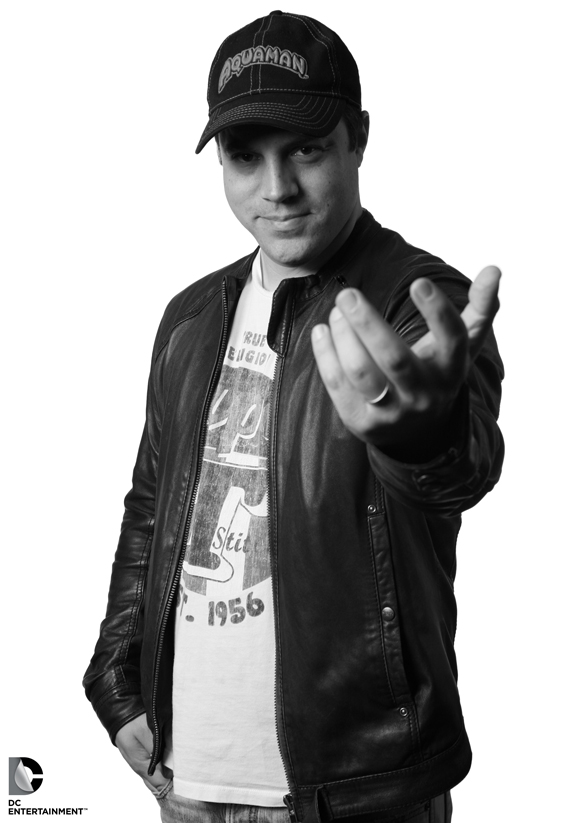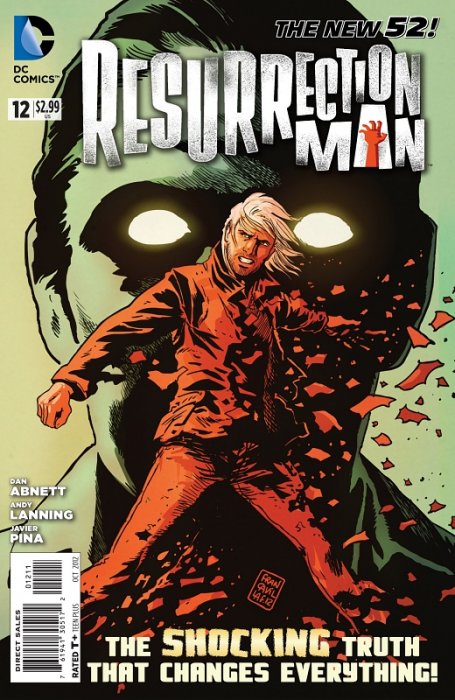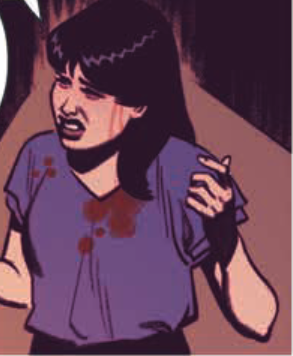The Most Tragic Comic Cancellations of Recent Years
By Zack Quaintance — Last week marked the 24th and final issue of Gene Luen Yang’s New Super-Man. The book was a standout of DC Rebirth, a publishing initiative that returned most of the company’s superheroes to familiar status quos. New Super-Man, however, was an exception, featuring an entirely new cast and situation.
Put simply, the comic was a story of a Chinese teenager indoctrinated into a government-run superhero program. It dealt with teen superhero tropes (while also subverting them—our hero actually starts out as the bully) as well as with current Chinese politics and ancient mythology, telling stories at the intersection of all three. Add Luen Yang’s writing—moving from poignant to funny from panel-to-panel—and the result was both unique and refreshing.
This is, of course, coming from me, a seasoned superhero fan, and when writers like me call Big 2 books unique or refreshing, they’re often bound for poor sales and swift cancellations. New Super-Man was certainly no commercial hit. Launching a new character, even one blatantly capitalizing on the popularity of Old Superman, is difficult. Volunteer critics react positively but the comic-buying public is generally unaware or, even worse, unimpressed.
With that in mind, it’s amazing New Super-Man lasted long as it did, especially since it was slated to end at #18 before getting a generous extension. This, sadly, is rare. And that’s what we’re going to talk about today: recently cancelled books that ended too soon. Ranging from gritty to whimsical, these books date back to 2015 and share one thing in common: they were all—to borrow from Twin Peaks’ Special Agent Dale Cooper—damned good comics.
Let’s do this!
5. Unfollow (2015) by Rob Williams & Michael Dowling
Unfollow, which was part of a wave of new Vertigo titles in fall 2015, reminded me of Brian Azzarello and Eduardo Risso’s 100 Bullets, with its modern noir concept built to span triple digit issues. In Unfollow, an eccentric tech billionaire dies and picks 140 users of his social media network to compete for his fortune. The last alive wins. The book started out methodical, removing a competitor or two per issue and tracking how many remained with a counter on its cover.
It became apparent (to me, at least) the narrative was being rushed when competitors started dying en mass or off panel. It’s a shame. There was a sharp literary quality to both the ideas and writing in Unfollow, especially the character that was so clearly a re-imagined Murakami. I’d have liked to have seen more of this vision. Ran For: 18 Issues
4. Spider-Woman (2015) by Dennis Hopeless, Javier Rodriguez, & Alvaro Lopez
I suppose technically this book dates back to before Jonathan Hickman & Esad Ribic’s reality-ending Secret Wars (2015) event to when Dennis Hopeless started writing the character, but the incarnation I’m bemoaning began when it welcomed the incredibly versatile, frenetic art team of Javier Rodriguez and Alvaro Lopez (and later Veronica Fish). Together, they told a wonderful story about a superhero who decided to have a baby on her own.
In Marvel’s All New, All Different (2015) line (which followed Secret Wars), the publisher tried many slice-of-life comics, combining everyday problems and superheroics, ala Matt Fraction and David Aja’s all-time run on Hawkeye. Spider-Woman was the best of the bunch, and it’s a shame it ended with 17 issues. Although, unlike others on our list, it did get a neat and satisfying ending. Ran For: 17 Issues
3. Clean Room (2015) by Gail Simone & Jon Davis-Hunt
Clean Room was another title launched on Vertigo in fall 2015, and it was absolutely killer, with writer Gail Simone laying down an incredible depth of original ideas and Jon Davis-Hunt establishing himself as a Frank Quietly-esque star artist. This book had so much going for it. The one thing it lacked, however, was timing.
After this book ended (Gail Simone has said on Twitter she’ll do more someday), I read a rumor that DC had come to view its once-vaunted Vertigo imprint as a sales liability. This has maybe changed, with an even newer wave of Vertigo titles announced this week. Even so, Clean Room was a nigh-perfect body horror book that explored saviors, trauma, and belonging. If it had come during Vertigo’s heyday, it would have run 50 issues, easy. It was that good. Ran For: 18 Issues
2. The Ultimates (2015) & The Ultimates 2 (2016) by Al Ewing, Kenneth Rocafort, & Travel Foreman
The Ultimates showed up in the wake of Secret Wars (2015) and did my favorite thing comics teams can do: state a mission and work toward it. The team was America Chavez, Black Panther, Blue Marvel, Captain Marvel, and Monica Rambeau; and their mission was to solve the biggest problems in the universe—starting with Galactus in #1.
Ewing is a writer who for some reason (low sales) can’t seem to sustain a title, despite having done strong work on books like Contest of Champions, New Avengers, and the Inhumans book Royals. Sigh. In a different world, this could have been the flagship title of All New, All Different Marvel, but it got lost in the shuffle and ended up doing 22 issues (just shy of New Super-Man) over two volumes. Ran For: 22 Issues
1. Nighthawk by David F. Walker, Ramon Villalobos, & Tamra Bonvillain
Nighthawk isn't just one of the best cancelled titles in recent years, but one of the best period. It’s a seeringly-relevant story starring a Batman analog who is a black magnate in Chicago. Racial politics factor heavily into it, but the book also contextualizes race with how society is under assault by corporate agendas, corruption, and segments of the public acting against their interests because change is scary.
Also, Villalobos and Bonvillain's art is incredible (side note, they’re re-teaming on the first of the aforementioned new Vertigo titles this fall, Border Town), and Walker’s script is just as good, with expert pacing, character motives, and straight-up action. As someone on Twitter said, this loss would be harder to bear if it wasn’t for the perfect final panel. No spoilers, though...go read this trade for yourself! Ran For: 6 Issues
Zack Quaintance is a journalist who also writes fiction and makes comics. Find him on Twitter at @zackquaintance. He lives in Sacramento, California.

